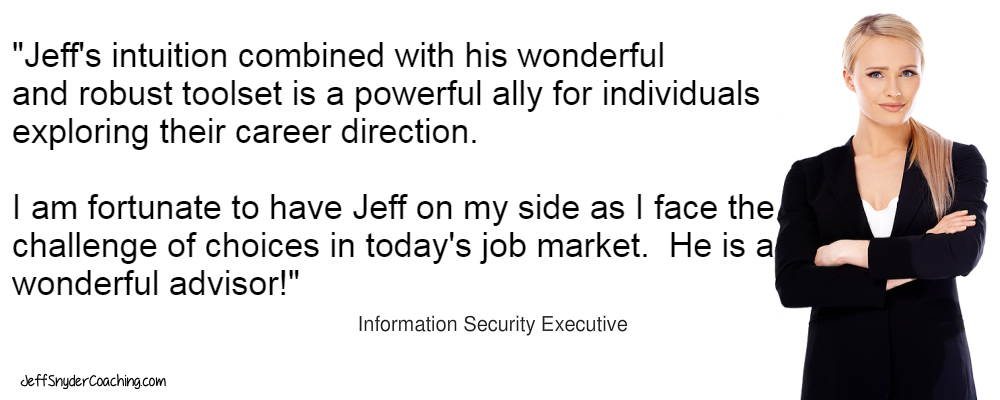I was recently asked why I offer both Strengths Coaching and Emotional Intelligence Coaching.
Strengths Coaching focuses on what a person has potential to be great at based on their natural giftedness. Because I work heavily with people who are gifted technologists, I have built up enough data and experience to understand the uniqueness of the gifted technologists I’m privileged to serve. When I get to pass this understanding on to the gifted technologists who trust me to coach them, I get to help my coaching clients take their personal game to a new level.
Maximizer
This work taps into the Maximizer (one of my top strengths) in me. By default, my Maximizer causes me to focus on taking good to great all the time. I love to show my clients how they can turn their good performance into a great performance.
Gifted Technologists
My work goes beyond working with gifted technologists. My unique experience also enables me to show some of my clients how their unique giftedness sets them up to either become or to fine-tune their leadership abilities if they're already in leadership.
The days when I get to coach someone who has potential they didn’t know they had before we got together are some of my best days!
Weaknesses
Because everyone I coach is a human being, there is a 100% chance that every one of my coaching clients have weaknesses. As a Strengths Coach, I have determined that it makes no sense at all to try to help my clients turn their weaknesses into strengths. It simply doesn’t work.
What does work is the effort I invest with my clients to strengthen their strengths while showing them how to build strategies around their weaknesses so their weaknesses don’t get in the way of their strengths. Strategies can’t be built around topics that are not clearly understood.
Emotional Intelligence
It was my observation that everyone has weaknesses that led me to discover a way to become trained and certified in Emotional Intelligence Coaching.
Emotional Intelligence shows me how my clients perceive themselves. Sometimes this self-perception is right and sometimes it is wrong. I can also see how my clients are likely perceived by other people. When there is a gap between how my clients perceive themselves and how they come across to other people, there is work to be done.
The good news here is that a person’s Emotional Intelligence can be improved upon. In my coaching practice, these are the Emotional Intelligence skill we measure and work to improve based on each coaching client’s unique needs.
Emotional Intelligence
Self-Perception
Self-Regard, Self-Actualization, Emotional Self-Awareness
Self-Expression
Emotional Expression, Assertiveness, Independence
Interpersonal
Interpersonal Relationships, Empathy, Social Responsibility
Decision Making
Problem Solving, Reality Testing, Impulse Control
Stress Management
Flexibility, Stress Tolerance, Optimism
Working with my clients as an Emotional Intelligence Coach to improve their Emotional Intelligence is the most difficult and the most impactful and rewarding work I do. When a person works to improve their behavior, the behavior that impacts other people and progress is made, this is the most impactful work I do and it is one of the greatest personal and professional investments my clients can possibly make.
Better behavior leads to all kinds of positive results. When my clients are focused on doing work that aligns with their top strengths and they are focused on delivering their work with their best behavior attached, the result for my clients is their best performance.
Jeff Snyder Coaching, 719.686.881





















